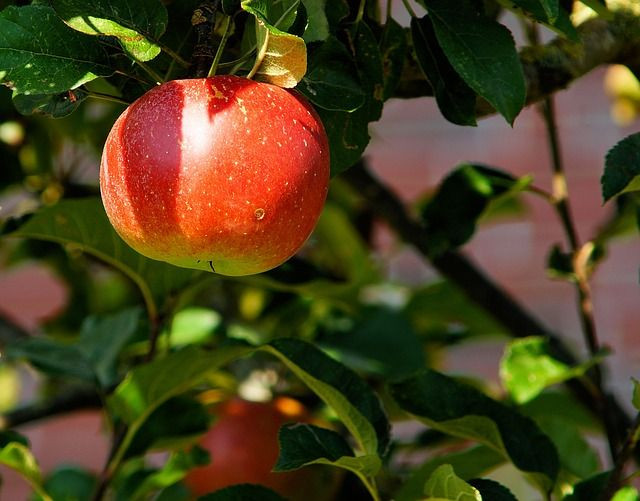Organic Food: US Sales Jump From ‘Record’ Number Of Producers

Hungry Americans are reaching for organic products like heirloom apples and chemical-free deodorants more than ever. U.S. sales of organic food, clothing and other goods leaped 11 percent last year and the number of certified organic producers saw “remarkable growth.” The fast pace of the organic industry’s expansion is helping it capture a greater share of the American food market.
Organic food and products grew in sales to $39.1 billion in 2014, according to a report from the Organic Trade Association released Wednesday. Overall food sales in the U.S. grow by about 3 percent per year on average.
Organic sales now account for nearly 5 percent of all food sales in the U.S. But America's appetite for organic fruits and vegetables is especially hearty -- the market share for organic produce has doubled over the past 10 years and these sales now account for 12 percent of all produce sales.
The Department of Agriculture uses strict protocol to determine whether an operation or product can be called "organic." The agency's rules forbid farmers or manufacturers from using genetically modified ingredients, prevent the use of many synthetic substances such as chemical fertilizers and require livestock to have access to the outdoors. Once growers and producers are certified, they may use an official USDA organic seal on their products.
About a third of organic sales in the U.S. are for fruits and vegetables, while approximately 14 percent come from dairy. Nonfood products such as clothing or personal care items represent 8 percent of all organic sales.
“Our latest industry data show robust demand and great opportunity for the organic sector,” said Laura Batcha, executive director of the Organic Trade Association, in a statement. The trade group polled 200 companies through Nutrition Business Journal for its annual sales survey.
This ripe opportunity is drawing more organic producers than ever before to the business. Of the roughly 2.2 million farms in the U.S., new figures from the USDA show there are now 19,474 certified organic operations, which represents a 5 percent jump over 2013, the agency reported on Wednesday. Since the USDA’s National Organic Program began tracking organic producers in 2002, their numbers have grown 250 percent.
"As demand for organic products continues to soar, more and more producers are entering the organic market," Tom Vilsack, U.S. Secretary of Agriculture, said in a statement.
The latest numbers likely underreport the number of farmers who practice organic principles. Many aren’t willing to pay the application fee, inspection fees and annual renewal fees to become fully certified, which vary depending on the size of a farm but range from “a few hundred to several thousand dollars,” according to the USDA.
© Copyright IBTimes 2024. All rights reserved.






















